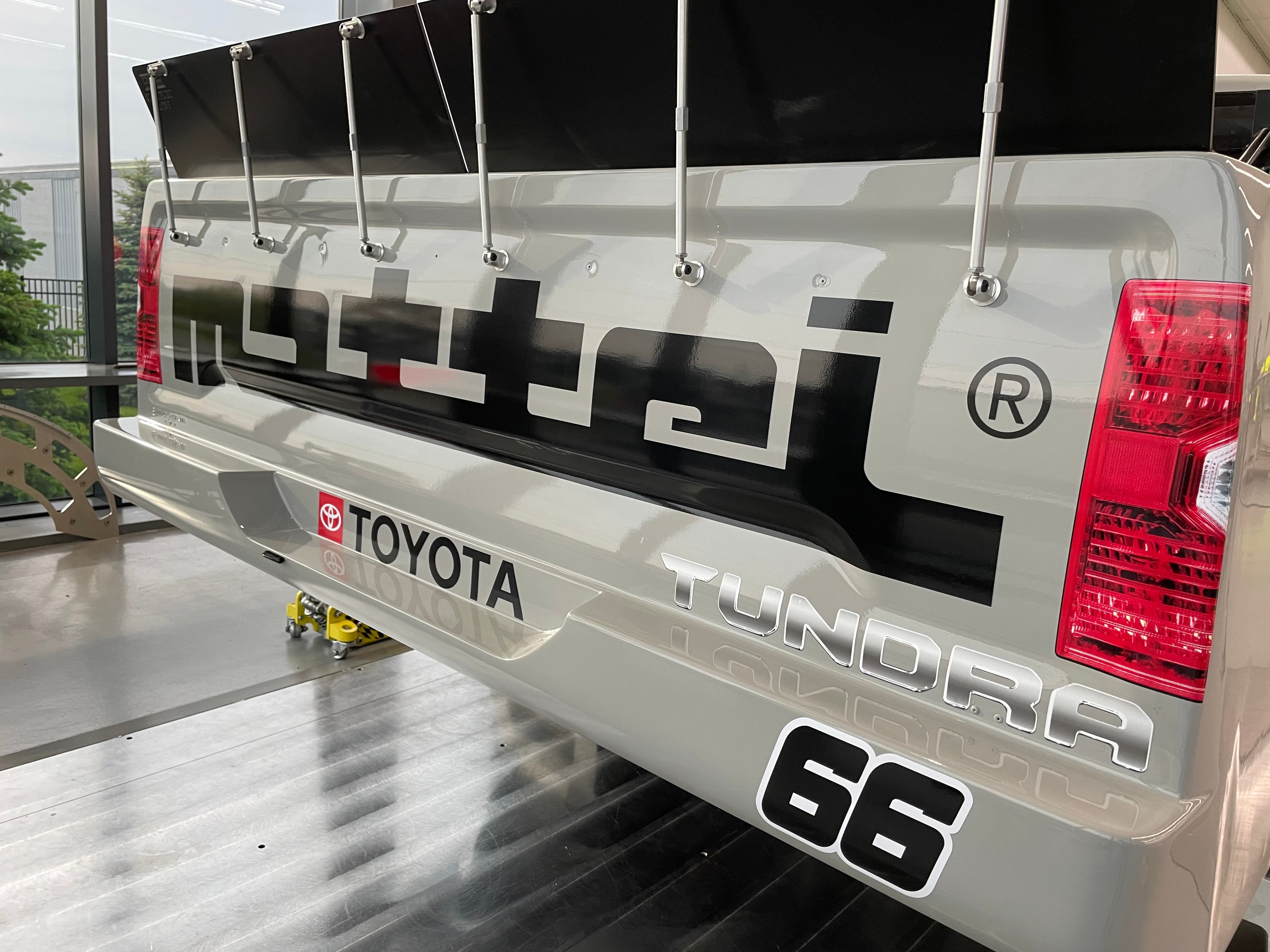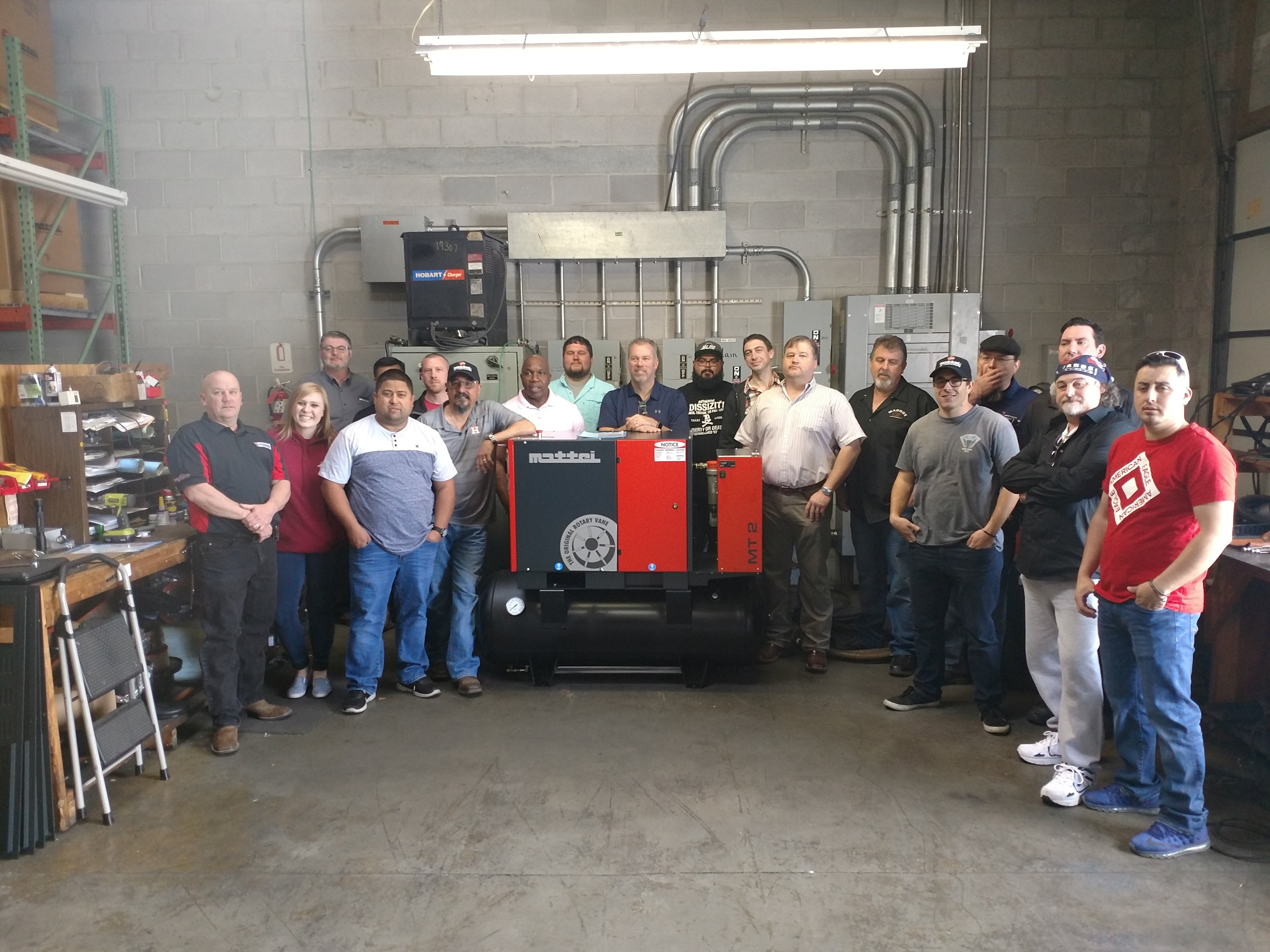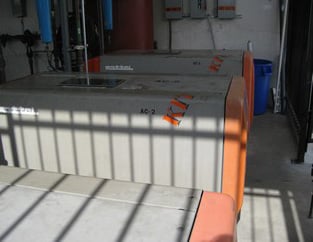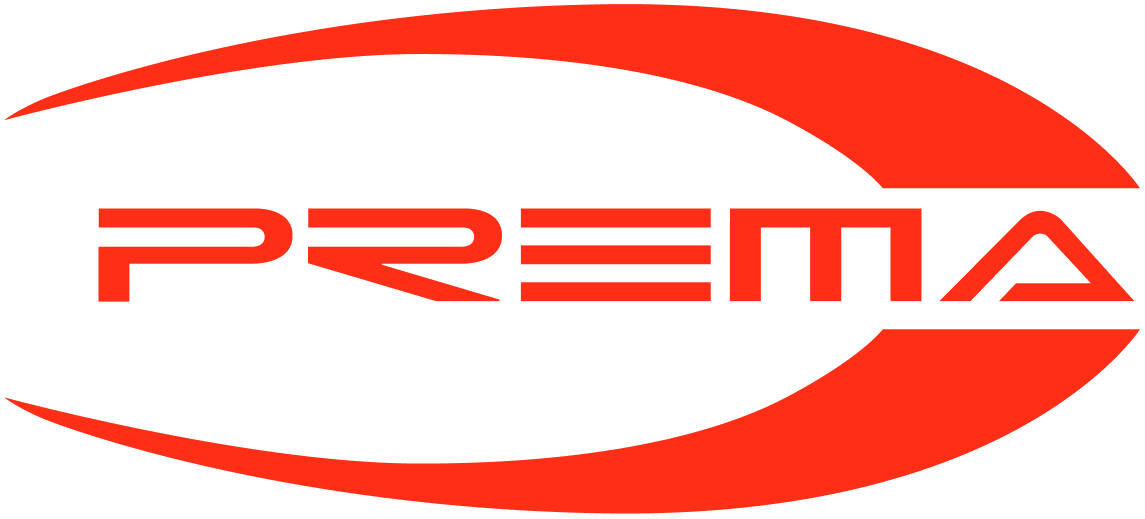In many places, winter brings freezing temperatures and icy conditions.
 While ideal for the occasional snowman-building Sunday, harsh winter conditions are not so friendly to many irrigation systems. In regions where frost levels extend below the depth of irrigation piping, draining pipes in order to prevent freezing is especially critical. Follow these simple steps to ensure your irrigation system is fully prepped for upcoming
While ideal for the occasional snowman-building Sunday, harsh winter conditions are not so friendly to many irrigation systems. In regions where frost levels extend below the depth of irrigation piping, draining pipes in order to prevent freezing is especially critical. Follow these simple steps to ensure your irrigation system is fully prepped for upcoming
First of all, shut off your system’s water supply by turning off the main valve. This valve should be freeze-proof, which requires that it be positioned below the frost line, inside a heated room, and insulated with proper materials, such as foam insulation tape and a plastic bag. If you don’t have a main shut-off valve for your system, consider installing one before winter arrives as a preventative measure.
Above-ground piping should be similarly insulated, with self-sticking foam insulating tape or foam insulating tubes, both of which can be found at your local home supply store.
In temperate areas, your backflow preventers should be similarly insulated if they are above ground. Ensure air vents and drains on your backflow preventers are not blocked.
In especially cold regions, remove backflow preventers entirely, release water from risers, and cap the risers. You may be able to siphon water out of risers, but often, water removal requires pumping out with compressed air (learn more about draining procedures below). Once you’ve drained backflow preventers, if possible, it may be wise to store backflow preventers indoors for the winter.
Frozen water inside irrigation pipes expands, stressing or even cracking your pipes, so along with draining backflow preventers and valves, it’s critical to drain all irrigation system pipes and sprinklers.
There are a few ways to effectively drain your pipes. If your system includes manual valves, manual draining may be sufficient if valves are located at low end points of the system. To drain, shut off the water supply and open all manual drain valves. After water has been released from the mainline, release the boiler drain valve or cap atop the stop and waste valve to drain residual water stuck between the irrigation water valve and backflow preventers.
If your system’s sprinklers include check valves, pull the sprinklers up to enable drainage. When all water has been released from piping, backflow devices, and drain valves, close all manual valves.
If your system is automatic rather than manual, your drain valves should open on their own according to pressure drops. At the end of each irrigation cycle, valves should open to release excess water. However, automatic valves don’t always function perfectly, and may be prone to sticking closed if they don’t regularly open. For this reason, experts often recommend installing additional manual valves — especially on the mainline — to ensure complete drainage is possible.
In general, no matter what kind of valves with which your system is outfitted, water will not drain completely from valves. Thus, it’s crucial to disassemble and dry valves manually or remove them and store them indoors for the duration of the winter. If you choose to remove valves entirely, install a cap on pipe ends to protect your piping from excess debris, wear, and insects. If you are unsure about how to remove or disassemble valves, contact your distributor for help.
Since draining is tricky regardless of whether you have a manual or an automatic valve system, to guarantee comprehensive draining, consider the compressed air blow-out method. This method is not recommended for amateurs — if you have never performed the blow-out method on your own, it is highly recommended that you hire a professional system servicer. If you do choose to blow out your piping, always wear ANSI-approved eyewear for safety and follow these guidelines:
4) Switch your automatic controller to the “rain” setting
If your irrigation system is automatic, switch your controller (or timer) to the “rain” mode, which will shut off automatic pressure signaling to valves. Your controller will continue to track time and does not lose its programmed settings — it merely ensures valves do not open during the winter. Instead of activating the “rain” setting, you may choose to shut off the controller’s power completely, though this will require reprogramming when you choose to begin using your system again in the spring.
If your controller also operates a pump within your system, it is prudent to remove wiring connected to the master valve and other terminals in order to mitigate the possibility of accidental pump activation during the winter.

Mattei offers a wide range of vane compressor models that perfectly meet the specific needs of the transport industry.

The reliability of Mattei compressors, the high quality standards of the delivered compressed air and the compliance with the industry regulations, make them ideal to be used in the healthcare and pharmaceutical industry.

Reduced operating costs, environmental sustainability and extreme purity of the air supplied make Mattei compressors suitable for all processes in the food industry.

Good luck ThorSport Racing. Waiting to watch the racing!

We recently held our Spring 2018 Service School for distributors. The school graduated 17 participants from both the sales and service sides.

Today, Mattei Compressors, Inc., announced the recipients of its 2017 Distributor Awards. These distributors went above and beyond to provide high-quality service to Mattei customers over the past year.

Helix Medical, LLC is widely regarded as a premier supplier of biocompatible silicone medical devices and components to the medical device, pharmaceutical and biotech industries.

John Baker Sales, a Mattei distributor located in Colorado, worked very closely with Transwest to ascertain the company’s needs prior to making a product recommendation.


